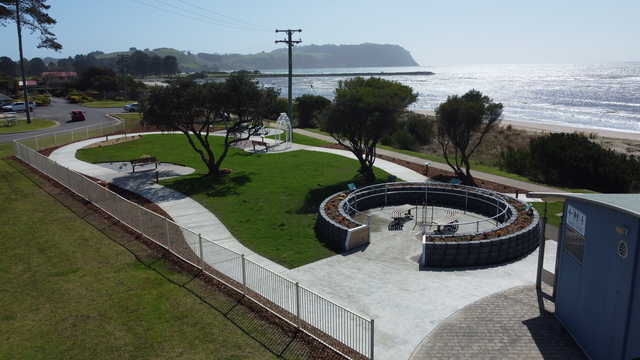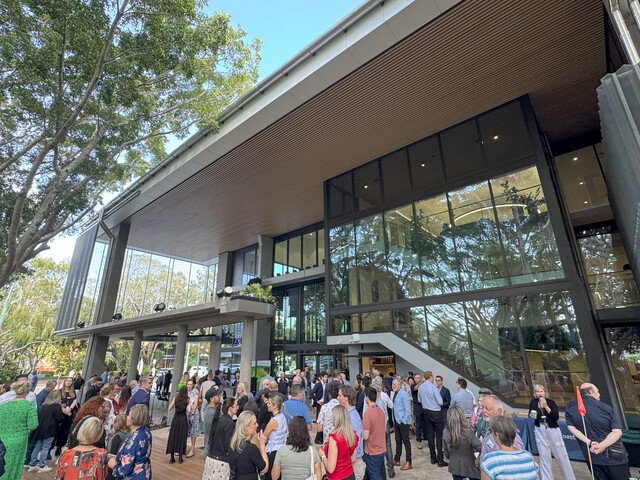Flinders Council includes some 52 islands comprising the Furneaux Group of Islands along with other islands in east Bass Strait. They stretch from the north east Coast of Tasmania to within 16 kilometres of Wilson’s Promontory on the Victorian coastline.
Flinders is the largest island with an area of 1,600 square kilometres. Cape Barren Island, the second largest covers 403 square kilometres, and is home to 56 of Flinders Council’s 940 residents. Most people live on Flinders Island itself.
Early European settlers first established farms on various smaller islands but later moved to Flinders. Some Flinders Island farmers still have grazing runs on these smaller Islands. The 52 islands of the Furneaux Group are part of what remains of the land bridge that once joined Tasmania to mainland Australia. Scientists believe the area flooded forming a shallow strait between 12,000 to 18,000 years ago. The highest points became the eastern Bass Strait islands and the Furneaux Group. These provide some of the most spectacular rock formations and scenery anywhere in the world.
There is evidence that Aboriginal people lived on the islands after the land bridge collapsed, but are thought to have died out 3,000 years ago. Early in the 19th century, after European settlement, sealers kidnapped Aboriginal women from the mainland and Tasmania and brought them to the islands. Some of their descendants still live on Flinders and Cape Barren Islands.
Early European settlers made a living from farming or fishing. Land on Flinders Island began being taken up in the late 19th century. Wharves were built at Whitemark, followed by a shop, hotel and courthouse early last century. The first Council was elected in 1908. The population reached its highest point of around 1,500 after World War Two with the release of land for soldier settlements.
Over the years smaller farms became unviable and were bought up to become part of larger holdings. Wool, lamb, beef and an abundance of seafood, including abalone and crayfish are the main economic activities, followed by public sector services through education, health and Local Government services.
The islands have a variety of flora and fauna. From an ecological point, the area is the northernmost boundary for many species and southernmost for others. The waters around the islands abound with fish and, after the sealers’ short lived, unsustainable slaughter, the rocky outcrops are again popular with seals. Tourism, agricultural diversification, aquaculture and value adding, in particular based on wool production, are areas offering new employment opportunities.







